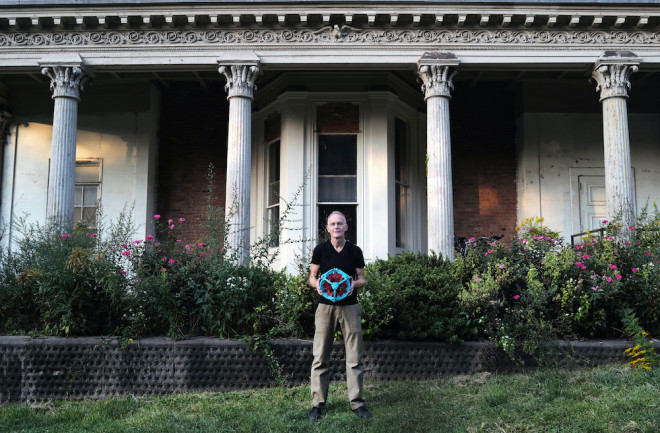This story originally appeared in the December issue of Discover magazine as "Scientist in Toyland." Support our science journalism by becoming a subscriber.
It’s easy to pin labels on Chuck Hoberman, but hard to stick with just one. He’s an inventor, an artist, a tinkerer. He’s a designer, an engineer, a transformer. He’s a toymaker — the brains behind the colorful, expanding Hoberman sphere, which you and your kids have been playing with since the early 1990s (and which earned a place in the Museum of Modern Art’s permanent collection). Thematically, Hoberman’s work lands him at the intersection of art, architecture, design and playthings. Physically, he works sometimes from an airy room on the second floor of a house-turned-office-suite near Harvard Square in Cambridge, Massachusetts.
The Cambridge office is tidy, with white walls and plenty of light. The surfaces are usually cleared, but today they’re cluttered with the material expressions of his geometric dreams: Models made of two-dimensional pieces, hinged together to form 3D structures that deform, bend or otherwise fold in prescribed ways. They are made out of whatever material Hoberman had at hand when inspiration struck — paper, precisely cut in regular polyhedra with tape linkages; folded cardboard; laser-cut plywood; hard plastic sheeting. Larger models, wrapped in paper and foam sheets, sit in big boxes on the floor. Some look like reconstructions of impossible objects from M.C. Escher-like visions.







